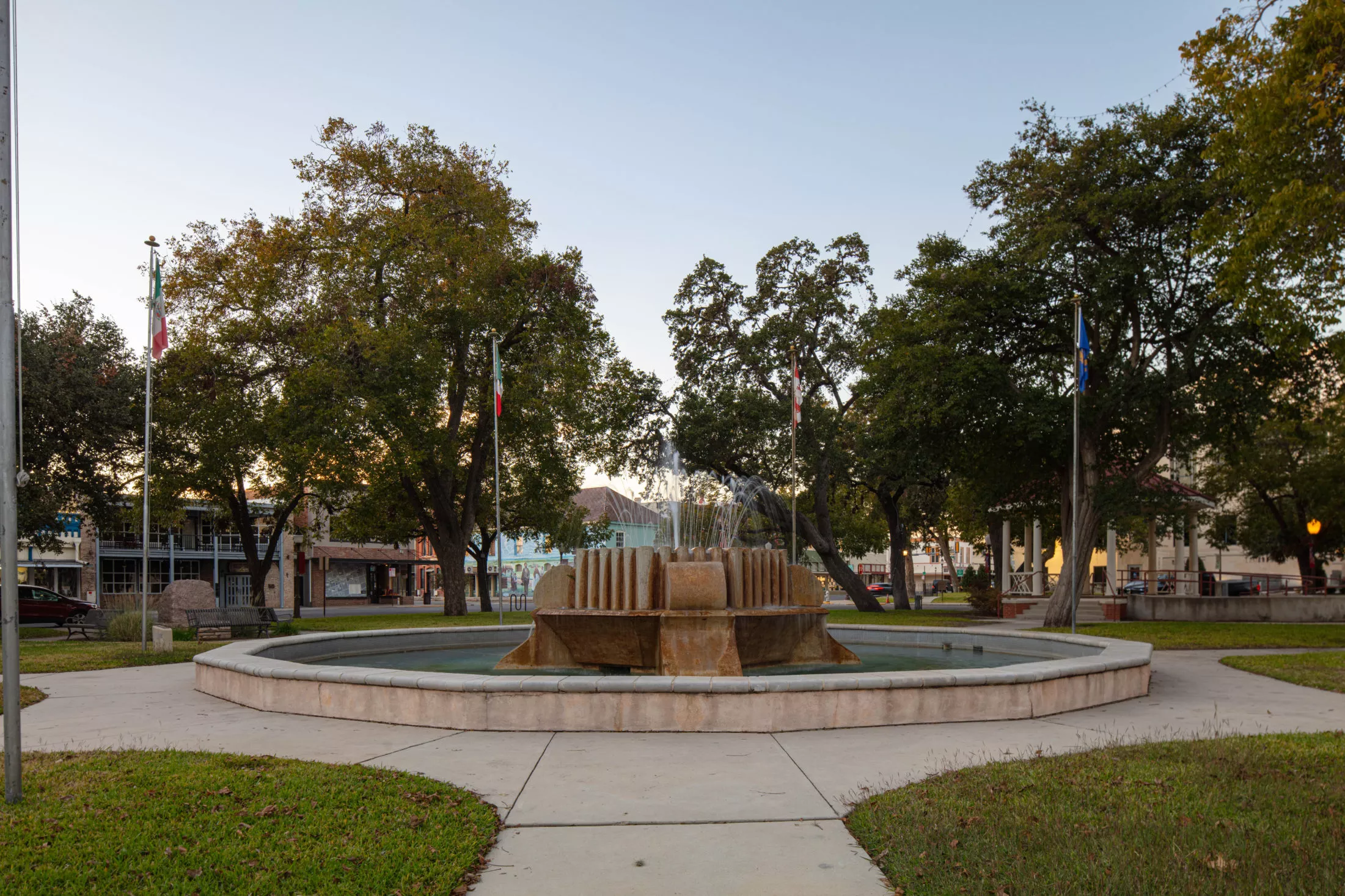How Seguin, TX, Used Zencity to Make a Difficult Decision About Stormwater Infrastructure and Obtain City Council Approval
.png)
Zencity
The Platform for Community Trust
Introduction: When a Rapid Surge of Growth Affects Infrastructure
Seguin, Texas, with a population of nearly 35,000, has experienced a rapid surge of residential, commercial, and industrial growth. For city leadership, that means having to make decisions to accommodate that growth and its impact.
In recent years, one of Seguin’s most pressing needs was improving its water drainage infrastructure. In addition to localized flooding and standing water during periods of heavy rain, drainage issues in the city cause major problems for drivers in Seguin. Flooding leads to potholes — which organic discourse showed was a top source of resident complaints — and improper drainage can reduce the lifetime of roads from 25 years to 8-10 years. The city sought to find a way to improve drainage and protect the integrity of local roadways. However, the existing city budget did not have the capability to address these drainage shortfalls.
The Challenge: Understanding Resident Priorities Around a New Utility Fee
To alleviate the problem, the city recommended establishing a stormwater drainage utility. A monthly $5 stormwater utility fee was initially proposed, which would be used to create a sustainable funding source to fix drainage issues, as well as address street maintenance issues related to potholes.Creating a new fee is never popular, but it is one of the most direct ways for cities to address drainage problems. Officials in Seguin wanted to ensure that this fee matched the expectations of its residents – and that it was communicating decisions with full transparency. Additionally, without this information, getting the Council’s approval of the fee would be difficult. Therefore, before introducing the fee, the city had to overcome three challenges:
- Understand resident priorities in general and sentiment toward the proposed fee;
- Determine whether a $5 fee was acceptable to residents who may have more pressing financial obligations;
- Gain council approval for any recommendations made.
The Zencity Solution: A Two-Pronged Community Engagement Approach
In addition to multiple discussions at city council meetings and several opportunities for the public to weigh in, Seguin used Zencity to gauge resident sentiment around the issue of water drainage infrastructure and the proposed stormwater utility fee. Using a two-pronged community engagement approach, the city conducted a community survey and also looked at resident sentiment analysis across social media as well as Seguin’s official communication channels.The survey responses provided invaluable insight: on one hand, residents felt stormwater drainage should be prioritized, but on the other hand, they were overwhelmingly opposed to the proposed $5 fee.
The organic resident sentiment analysis conducted by Zencity showed similar attitudes. Residents were opposed to the fee, with several noting that there were more pressing, immediate needs, such as filling potholes.
The Impact: A Change of Direction Aligned with Resident Needs
Armed with the data, the city had a difficult decision to make. Stormwater infrastructure was badly needed, but residents opposed the $5 monthly fee. Furthermore, it was clear that residents weren’t making the connection between previous flooding and the damage it caused to city roads.With resident needs as its top priority and based on feedback received using Zencity’s community survey, officials in Seguin recommended a $3 fee instead of the $5 fee to the city council. Additionally, city communications officials understood that they needed to educate the public of the necessity for improved stormwater drainage infrastructure. They emphasized the connection between the disintegration of the city’s roads and flooding that had occurred in the past, thus helping residents appreciate the need for the new monthly utility fee.
%20copy-1.png?width=544&height=120&name=Logo_black%20(1)%20copy-1.png)




